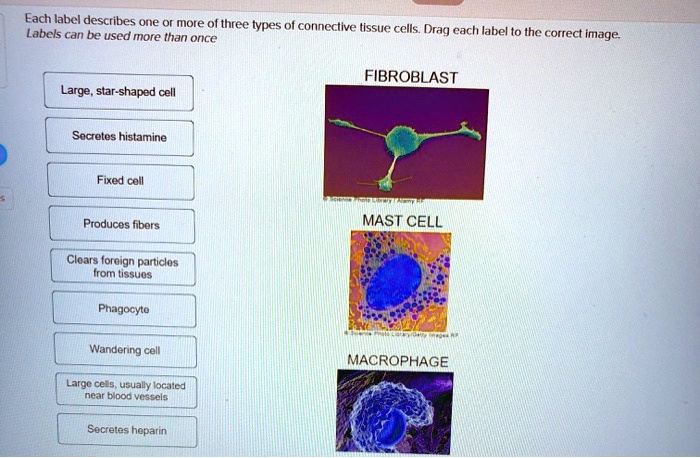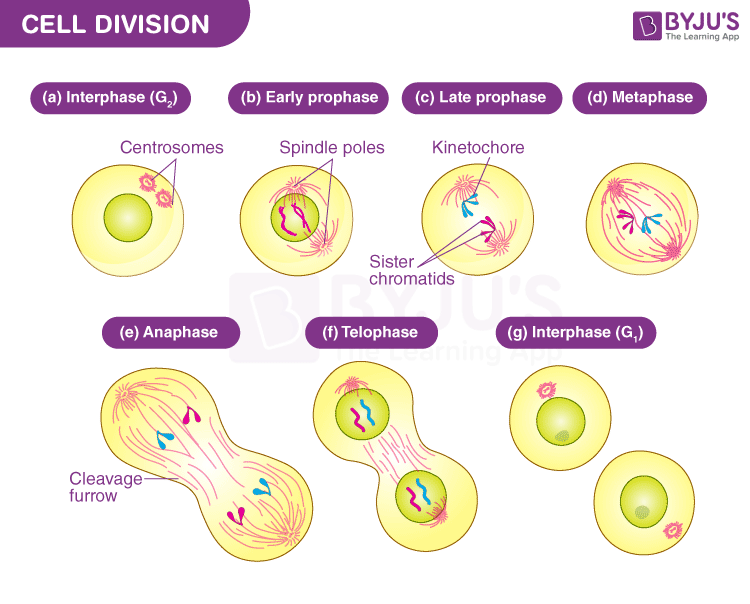Cells A And F Show An Early

A specter is haunting the world of developmental neuroscience. Two seemingly innocuous cell types, designated Cells A and F, are exhibiting unexpected precocity in early developmental stages, according to a series of studies emerging from leading research institutions. This premature activity could have profound implications for understanding and potentially mitigating a range of neurological disorders.
This article delves into the groundbreaking research highlighting the altered developmental timeline of Cells A and F. It examines the potential mechanisms driving this early activity. Finally, the article explores the possible consequences for brain development and function, drawing on insights from geneticists, neurobiologists, and clinical neurologists.
Emerging Evidence: The Precocious Activity of Cells A and F
The initial observation came from a team at the National Institutes of Health (NIH), led by Dr. Eleanor Vance. Their work, published in Nature Neuroscience, revealed that Cells A, typically quiescent in the early stages of neural tube formation, displayed significant transcriptional activity much earlier than anticipated.
“We were quite surprised to see this,” Dr. Vance stated in the published paper. “Based on established developmental timelines, these cells should have been relatively inactive at this stage.”
Concurrently, a separate study at Stanford University, spearheaded by Dr. Marcus Chen, focused on Cell F. Chen's team documented a similar phenomenon: these cells exhibited premature migration and differentiation, deviating significantly from the expected developmental trajectory.
“Our data strongly suggest that Cell F is receiving signals to initiate its developmental program prematurely,” Dr. Chen explained in a press release. “The source of these signals and the mechanisms involved are now the focus of intense investigation.”
Defining Cells A and F: Roles and Normal Development
To understand the significance of these findings, it's crucial to define the roles of Cells A and F during typical development. Cell A is a progenitor cell involved in the formation of specific cortical layers within the developing brain. Normally, its differentiation is tightly regulated, occurring in a precise temporal sequence.
Cell F, on the other hand, is a type of glial cell critical for neuronal support and myelination. Its proper maturation and migration are essential for efficient signal transmission within the nervous system.
According to established models, both Cells A and F adhere to a carefully orchestrated developmental timeline. Deviation from this timeline can disrupt the intricate processes of brain formation.
Possible Mechanisms Driving the Early Activity
Researchers are now exploring several potential mechanisms that could be driving the premature activity of Cells A and F. One leading hypothesis centers on epigenetic modifications.
“We suspect that alterations in DNA methylation or histone acetylation may be altering the accessibility of key genes involved in the developmental programs of these cells,” suggests Dr. Vance. Epigenetic changes can influence gene expression without altering the underlying DNA sequence.
Another possibility involves disruptions in signaling pathways. Aberrant activation of growth factors or signaling molecules could be prematurely triggering the developmental programs of Cells A and F. Genetic mutations affecting the receptors or downstream effectors of these signaling pathways are also being investigated.
Environmental factors, such as exposure to toxins or infections during pregnancy, are also being considered. These external stimuli could potentially disrupt the delicate balance of developmental cues. Researchers emphasize the need for further investigation to fully elucidate the underlying mechanisms.
Potential Consequences for Brain Development and Function
The premature activity of Cells A and F could have a cascading effect on brain development, potentially leading to a range of neurological disorders. Disrupted cortical layer formation, stemming from premature differentiation of Cell A, could lead to cognitive impairments.
Problems with myelination, resulting from aberrant Cell F development, could impair nerve signal transmission and contribute to motor deficits. Some preliminary studies have linked these cellular anomalies to an increased risk of neurodevelopmental disorders such as autism spectrum disorder (ASD) and schizophrenia.
However, researchers caution that these are early findings. A direct causal link between the early activity of Cells A and F and these disorders has not yet been firmly established. More research is needed to fully understand the long-term consequences.
"While the association is intriguing, it is crucial to avoid premature conclusions," warns Dr. Chen. "We need to rigorously investigate the functional implications of these early developmental changes."
Looking Ahead: Future Research and Therapeutic Implications
The discovery of premature activity in Cells A and F opens up new avenues for research into the fundamental mechanisms of brain development. Developing targeted therapies to correct these developmental anomalies represents a significant challenge.
Researchers are exploring the potential of using gene editing technologies, such as CRISPR-Cas9, to correct epigenetic modifications or mutations in key genes. Other therapeutic strategies might focus on modulating the signaling pathways that are prematurely activating Cells A and F.
Furthermore, there is growing interest in developing biomarkers that can detect these early developmental changes. This could enable earlier diagnosis and intervention, potentially mitigating the long-term consequences. Further research is crucial to fully understand the roles of Cells A and F in both normal and abnormal brain development.
The early activity of Cells A and F presents a critical area of focus for future research. Understanding this phenomenon holds the potential to dramatically improve our comprehension and treatment of neurological disorders.
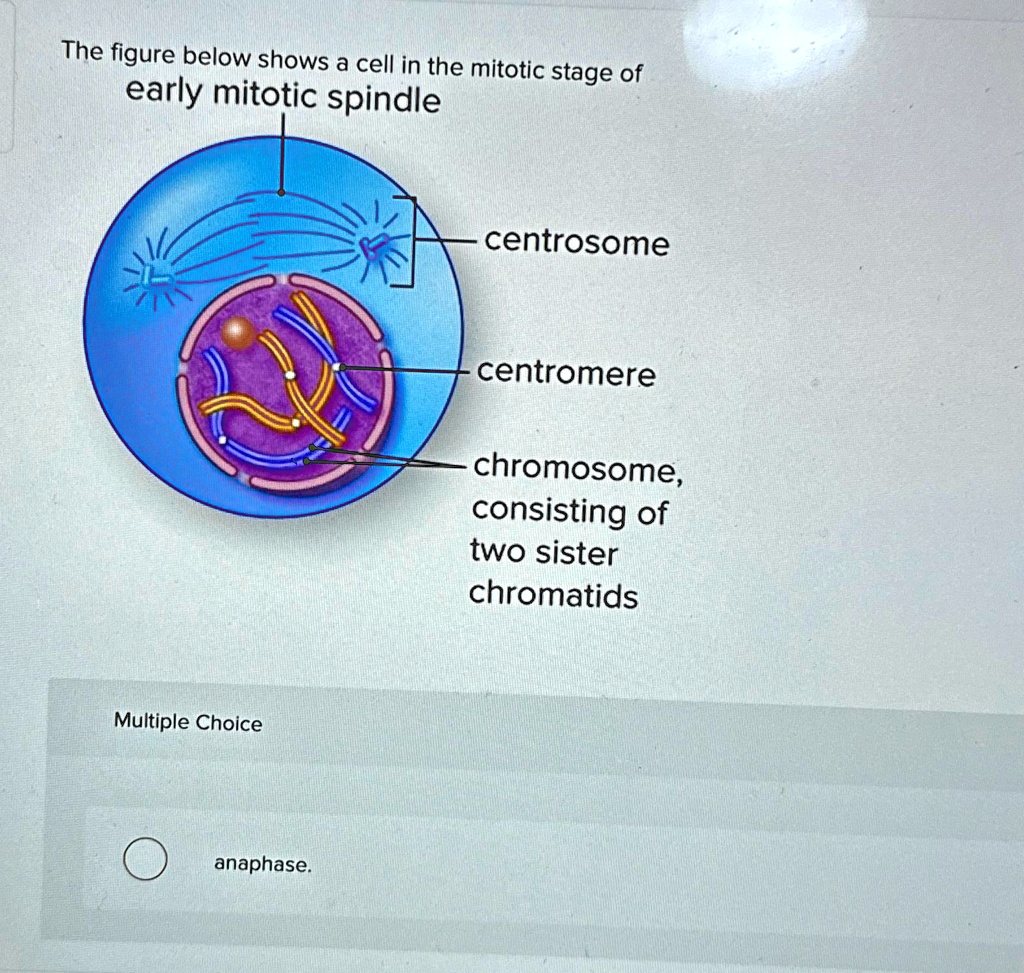



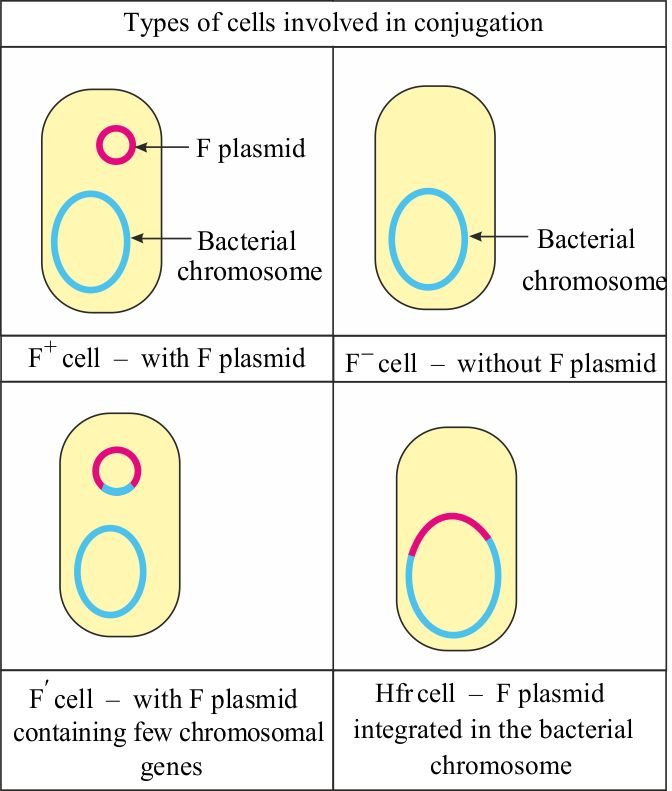


+Conjugation+and+transfer+of+an+F+plasmid.jpg)

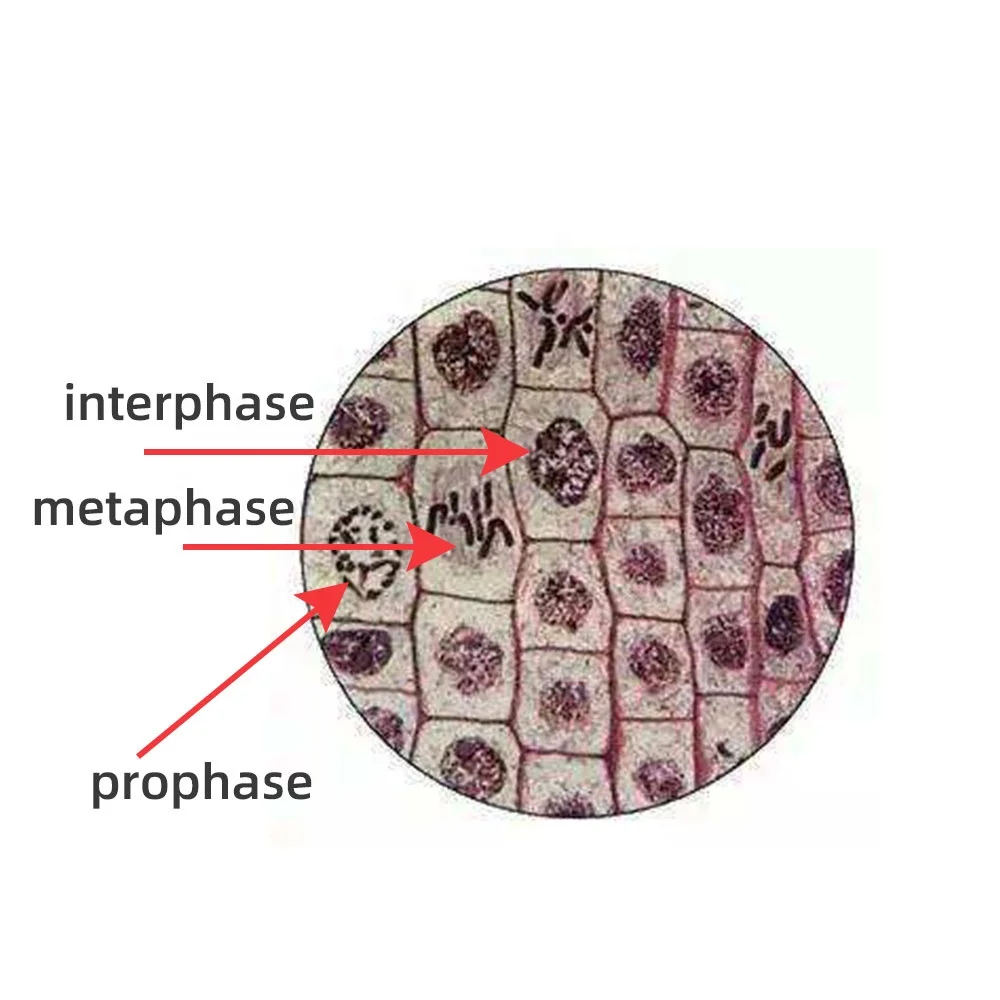

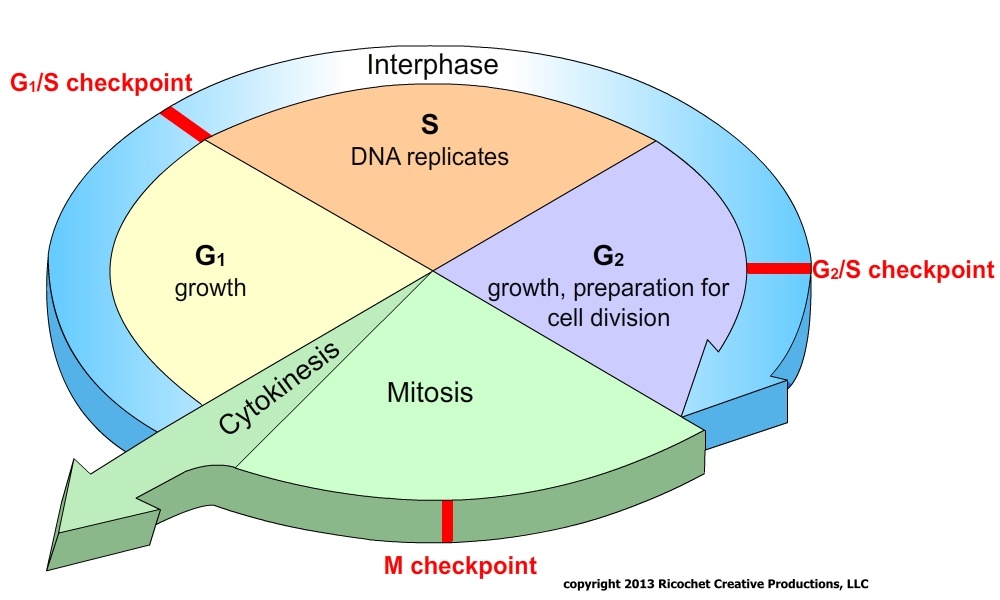
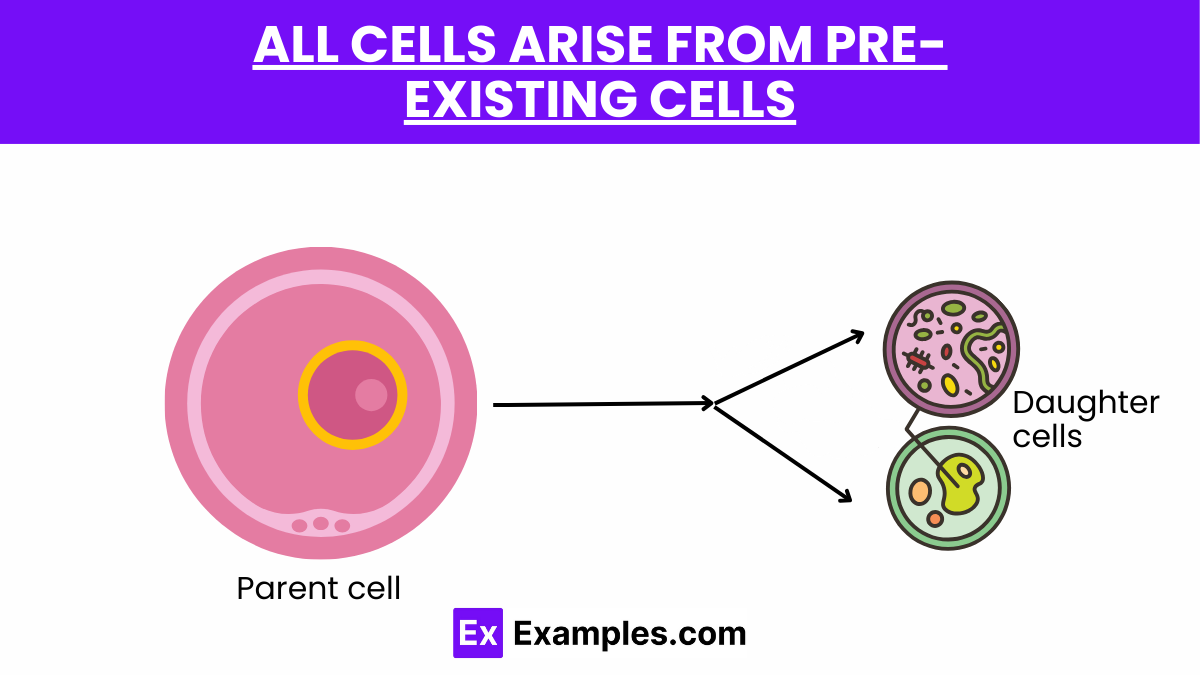
![Cells A And F Show An Early [GET ANSWER] (a) The diagrams show cells containing and surrounded by](https://cdn.numerade.com/ask_images/bfa11d39a4044cd59601d378e3c4f2cf.jpg)
